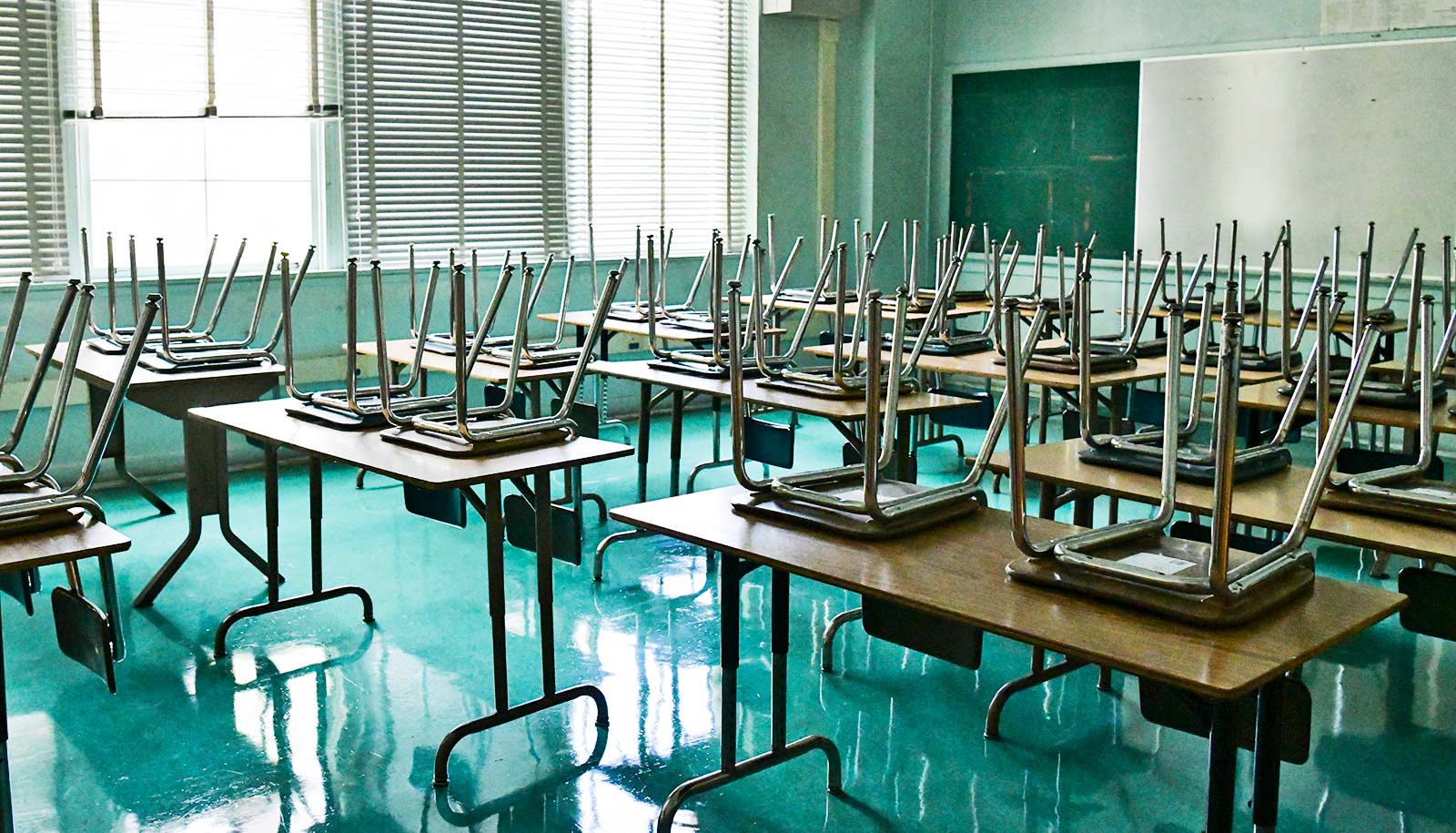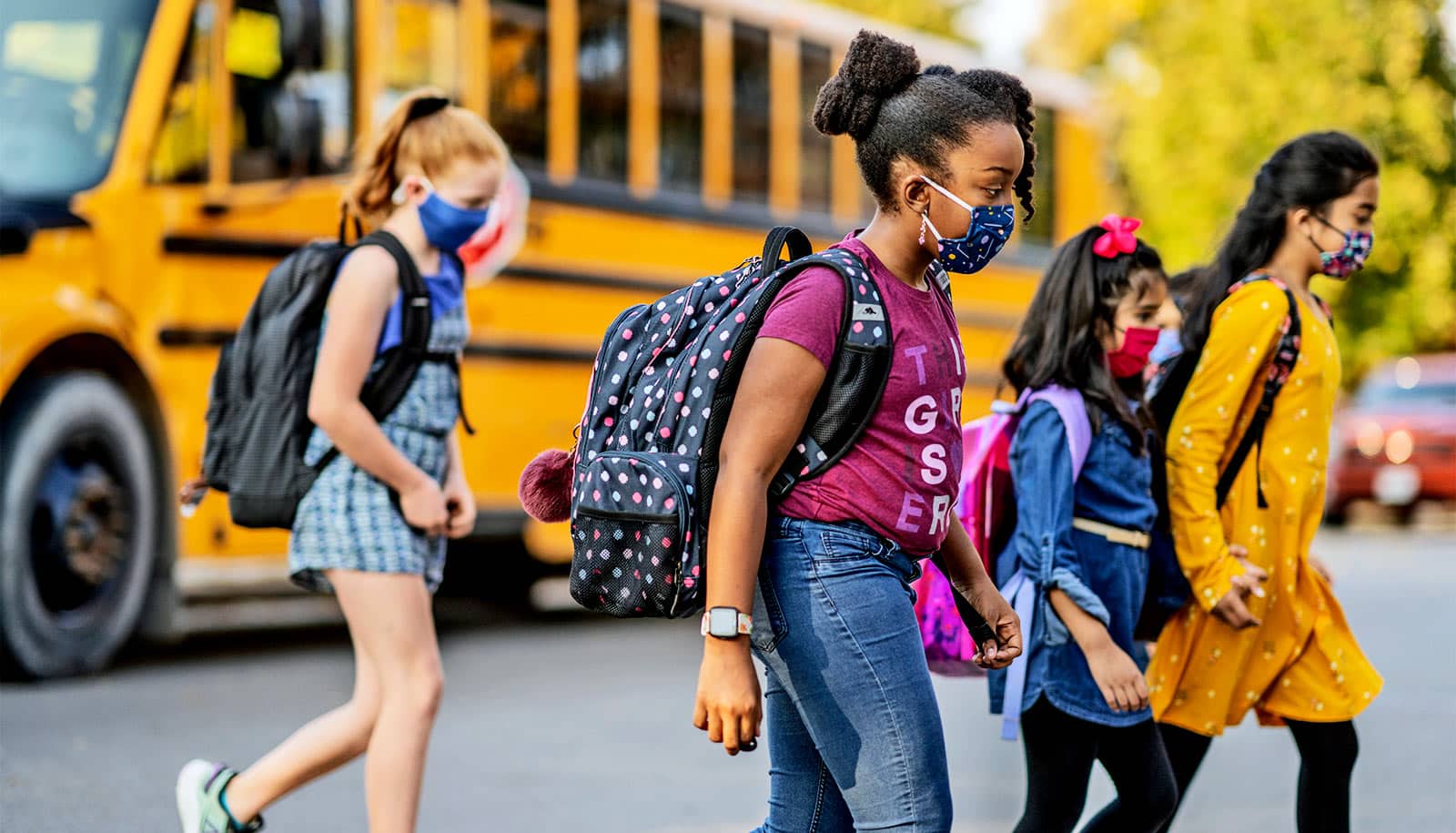A new approach to grouping theory uses math to determine how to organize individuals to maximize learning.
Imagine you have a group of 30 children who want to play soccer. You would like to divide them into two teams, so they can practice their skills and learn from their coaches to become better players.
But what is the most effective way for them to improve: Should you group the children according to skill level, with all of the most skilled players in one group and the rest of the players in the other group? Or, should you divide them into two equal teams by talent and skill?
For a fresh approach to this age-old question in grouping theory, researchers turned to math.
“The selection and grouping of individuals for training purposes is extremely common in our society,” says Chad Heatwole, a professor of neurology at the University of Rochester Medical Center and the director of Rochester’s Center for Health + Technology (CHeT). “There is a historic and ongoing rigorous debate regarding the best way to group students for the purpose of instruction.”
In a paper published in the journal Educational Practice and Theory, the research team—which also includes Peter Wiens, an associate professor of teaching and learning at the University of Nevada, Las Vegas, and Christine Zizzi, a director at CHeT—developed, for the first time, a mathematical approach to grouping.
The approach compares different grouping methods, selecting the optimal way to group individuals for teacher-led instruction. The research has broad implications in education, as well as in economics, music, medicine, and sports.
“Our solution was to look at this through a purely mathematical lens, evaluating for the greatest good of the entire sample,” Heatwole says. “To our knowledge, this novel mathematical approach has never been described or utilized in this way.”
According to global grouping theory—the study of how the selection of individuals into groups affects group members’ learning and performance—there are two common ways to group individuals:
- A like-skill tiered grouping strategy where individuals of similar aptitude are grouped together; one group has considerably more skill than the other group. Picture classroom reading groups, where the more advanced readers are placed in one group and the less advanced readers in another group.
- A cross-sectional grouping strategy where equal groups are formed, composed of individuals of varied aptitudes; all groups have near-equal skill. Think of two soccer teams, each equally composed of individuals who have played soccer before and individuals who have never played.
To evaluate these two common grouping methods, the researchers used mathematical principles and equations. For their analysis, they began with a number of assumptions, including: multiple groups would be formed; the individuals involved would have different skill levels; an optimal teaching environment would be one in which a student is taught at a level that matches his or her skill level; and the optimal grouping system would maximize the collective benefit for all students.
Using this novel approach, they found that like-skilled tiered grouping is better than cross-sectional or random grouping, when the end goal is improving learning for all individuals.
“We showed that, mathematically speaking, grouping individuals with similar skill levels maximizes the total learning of all individuals collectively,” Heatwole says. “If one puts like-skilled students together, instructors can teach at a level that is not too advanced or trivial for the students and optimize the overall learning of all students collectively regardless of the group.”
Economics is at the core of the approach, which also confirms that small groups, with a higher teacher-to-student ratio, are the most beneficial for optimal learning.
There are, of course, caveats to the rule. The researchers’ approach assumes that the end goal is to obtain the most collective benefit for everyone. If the end goal was different—for instance, if the goal was to generate one Olympic athlete at the cost of all other athletic trainees—the conclusion and optimal approach may be different.
“In this latter case, you would design the coaching and train the other players for the benefit or growth of one player,” Heatwole says. “It might mean no one else benefits, while one person benefits to the highest degree. But that’s not how our approach was designed.”
Instead, the approach takes a “how do we raise everyone” view, he says. “How can we set up a teaching situation where all of the students benefit the most?”
Heatwole recognizes the researchers’ conclusion may be controversial, but he says the approach illustrates how math can offer an unbiased way to solve everyday problems.
“That’s the beautiful part of this,” he says. “We’re just laying down the facts and saying these are the assumptions, this is the mathematical approach, and this is what the math shows. This is a practical example of how math and science can help solve age-old questions and facilitate the learning, growth, and potential of all parties.”
Source: University of Rochester



